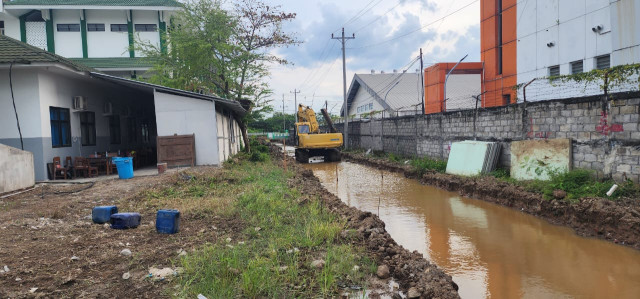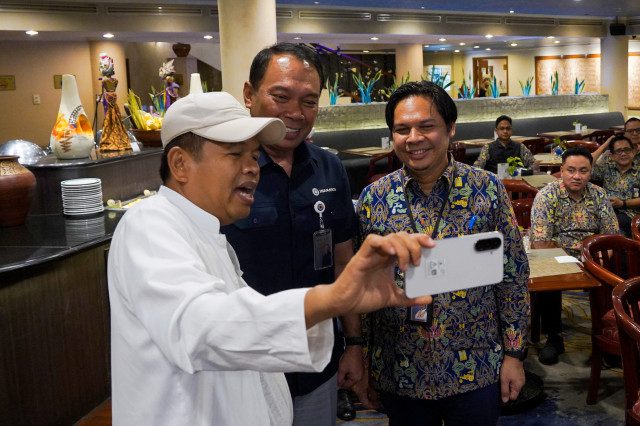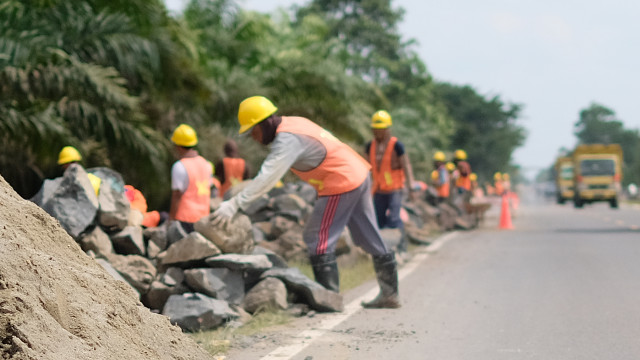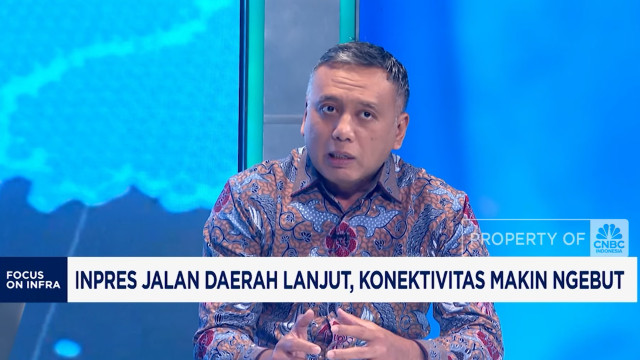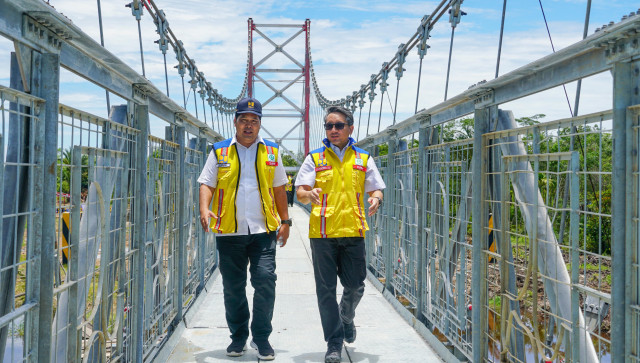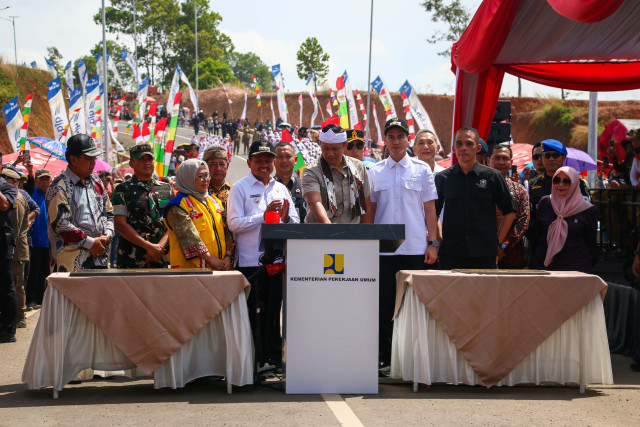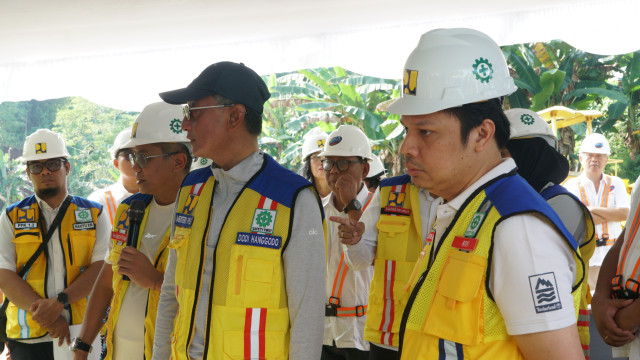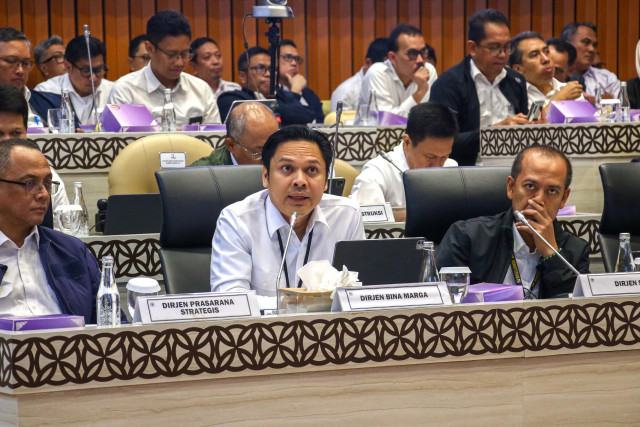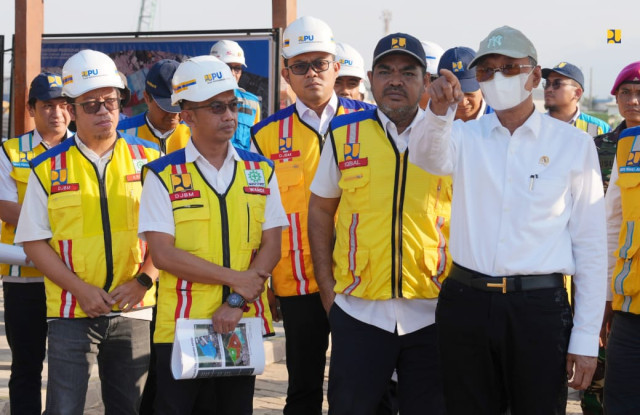CHALLENGE OF DIRECTION AND INFRASTRUCTURE DEVELOPMENT
- 22 Mar 2019
- News/General
- 802 viewed
Yogyakarta (BINA MARGA) - Road and bridge infrastructure development as closely related to the challenges of earth. An infrastructure does not always stand in a location with perfect conditions, it can even be vulnerable to interference from nature.
This was revealed by the Director General of Highways, Sugiyartanto in the 2019 National Civil Engineering Day Seminar, Unika Atmajaya Yogyakarta, on Friday (22/03).
In front of hundreds of Civil Engineering students and academic staff at the Atmajaya Unika Civil Engineering Department, Sugiyartanto explained several common earth challenges faced in Indonesia, such as earthquakes, soft & peat soils, volcanoes, high rainfall, and cyclones.
He gave an example of an earthquake in West Nusa Tenggara and then not long ago in Palu which claimed thousands of lives. "The second day I came to Palu, the location where the liquidation of the land occurred, where I first saw the house that had been standing could be leveled to the ground," said the man who is usually called Sugi.
Then it is still fresh in the memory of the tsunami disaster community on the coast of Anyer, Banten. This tsunami was caused by the eruption of Mount Anak Krakatau in the Sunda Strait which caused a volcanic earthquake. "In addition to the destroyed building, the road to the location was covered with material but we quickly handled it with heavy equipment," he said.
In addition, rainfall conditions plus the movement of clouds or cyclones greatly affect infrastructure. Spikes in rainfall can trigger landslides, increase river water flow, causing bridges to break, and embankments to burst.

The Director General of Highways said that in building infrastructure there is a project cycle or SIDLACOM, namely Survey, investigation and design (SID); land acquisition (LA); constuction (C); and operation and maintenance (OM). In this cycle, the treatment of earth conditions that can cause construction failure is determined at the Survey, Investigation, and Design stages.
"For example, the results of the SID that we did in the soft ground of the Pemalang Batang Toll Road produced a Perforated Vertical Drain solution and a Vacuum Consolidation Method", he said. The step was taken to drain water on the ground along the 39.2 km toll road that was built. Water causes soft soil conditions so it needs to be dried first.
In addition, in the construction of the Trans Sumatra Toll Road, the Pekanbaru - Dumai toll road, Mini Piles technology and load transfer platforms (LTP) are also implemented to accommodate soft land. "The principle is the same as pile slabs. Landfills are supported by mini pile piles of a certain depth supported by LTP geogrid or sirtu," he explained.
Then Sugi also said that the challenges of earth also exist on the surface of the land, such as on the slopes of the road. For example in the Coffee Plantation area, Tawaeli-Toboli section, Southeast Sulawesi. To prevent the Bina Marga cliff landslide installing an erosion control mat (ECM) along the 10 km on this congested road. This is the longest landslide mitigation using ECM in Indonesia.
According to Sugiyartanto, severe geological and terrestrial conditions are not obstacles to development but rather challenges that must and can be overcome. "It needs mindset, strategy, work methods, and innovative real actions to support accelerated development in Indonesia," he said. (Ian)


